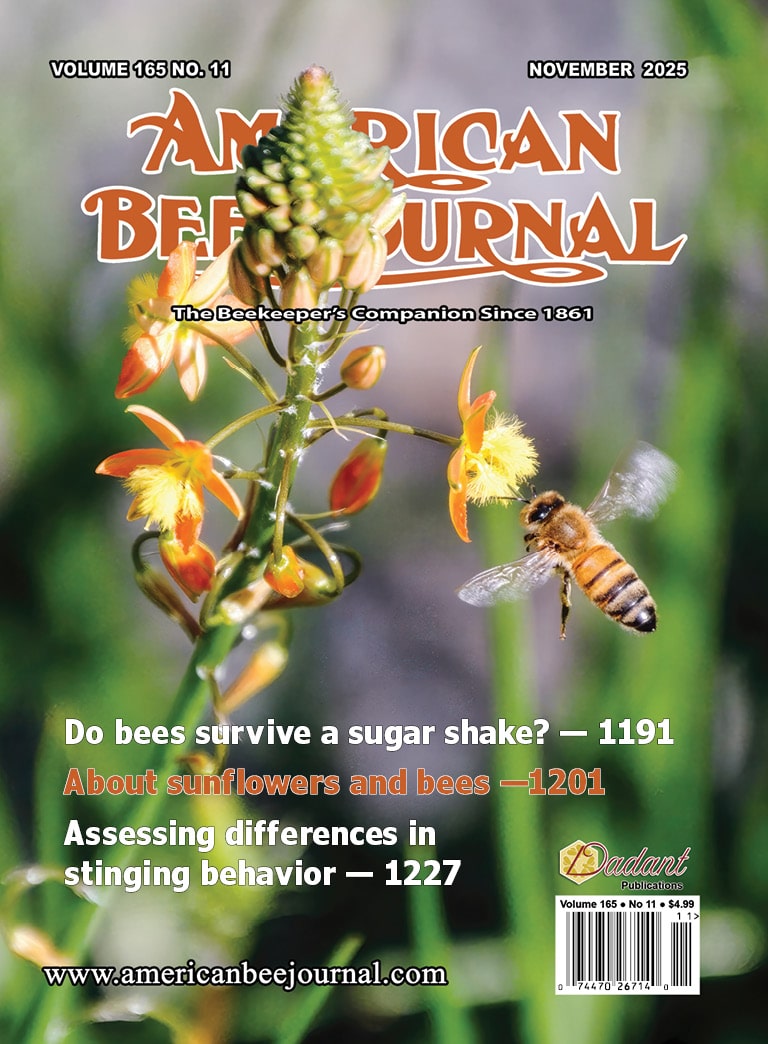
Q: Methane bio-digester
I am a hobbyist beekeeper and live in Missouri. [A renewable-energy company] is building a methane bio-digester plant about one-eighth mile (0.2 km) from my home. Right now, I have four hives at my home. I am wondering if you have ever heard of the effects of hydrogen sulfide on bees. I recently attended Pheasant Fest in Kansas City, Missouri and spoke with [someone] from Bayer [who had been President of a local beekeeping association], and he had never heard of this methane process and its effects. This methane biodigester is the first to be built in Missouri and I am very concerned about the effects on bees. I know these plants have been built in Wisconsin, Ohio, Vermont, Michigan, and Massachusetts. I am just wondering if you can help with the effects on bees. I would welcome any advice that you can share.
Debbie Eckelkamp
Missouri, March
A
Good questions, for which there are no good answers. I searched several sources for information on this and, as you might imagine, found little credible information. Consequently, I am going to spend most of my answer providing general thoughts that may turn out to be wrong. I just wanted to give that disclaimer.
My guess is that this will not be a problem for your bees. If it does end up affecting your bees, it will also affect many other organisms in your area. This, it seems, would be something company personnel would have needed to consider before building the plant in the first place. Of course, I am aware of examples where seemingly safe businesses/plants/etc. harmed the local environment. You are in a wait-and-see situation. If you believe you are seeing an impact once the plant is built, you could consider moving your bees >5 miles (>8 km) away from where they are currently. I wish I had something more conclusive to share.
Q: Queen Color
If a hive nurtures five queen cells, and each young queen could safely be born and thrive, would all five queens be the same color?
Christy Lalumia
March
A
The daughter queens would not necessarily be the same color as one another. While they all have the same mother, they do not necessarily all have the same father, given a queen mates with multiple drones. Several things are in play here. The queen would have two copies (one from Mom, one from Dad) of any gene that codes for her own body color. On top of that, she mates with multiple males, who themselves contribute color-influencing genes. A queen mating with, say, 15 drones could produce female offspring of assorted color possibilities. Of course, some queen offspring might very well be similar in color. However, there is no reason to believe they all would be the same color, unless the mother queen’s parents were both the same color, and the drones with which she mated all are the same color. Even then, the daughter queens could vary in color given gene dominant/recessive patterns …


